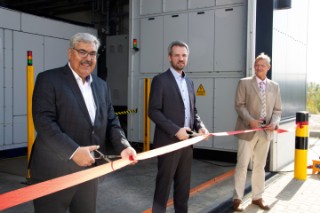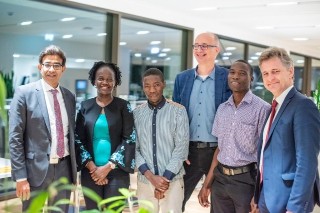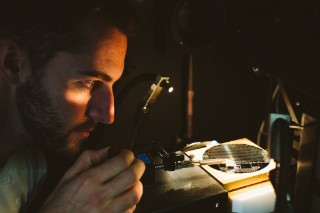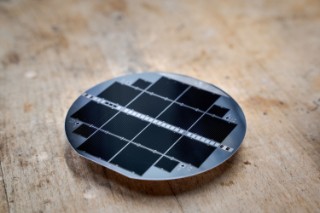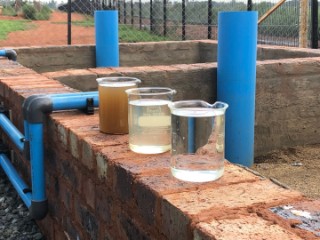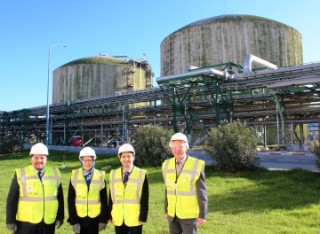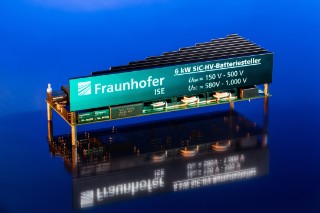Fraunhofer ISC / 2020
Battery 2030+: Large-scale European initiative for battery research starts up
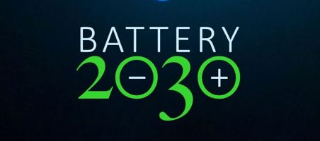
The European research initiative BATTERY 2030+ is now getting going. The ambition is to make Europe the world-leader in the development and production of the batteries of the future. These batteries need to store more energy, have a longer life, and be safer and more environmentally friendly than today’s batteries in order to facilitate the transition to a more climate-neutral society. The project is led from Uppsala University.
more info
